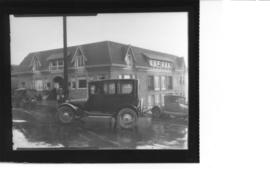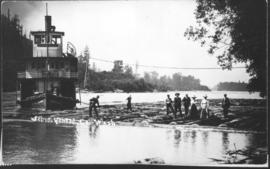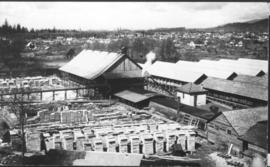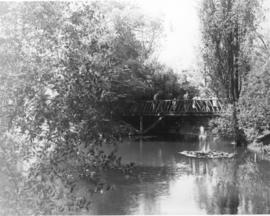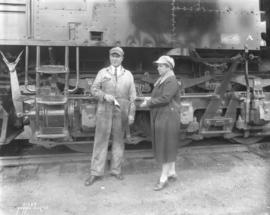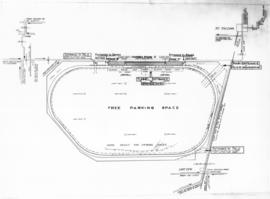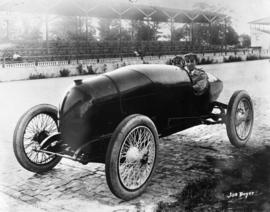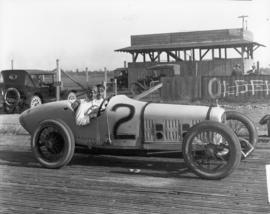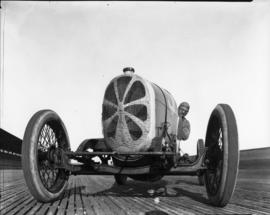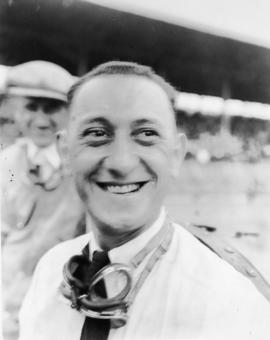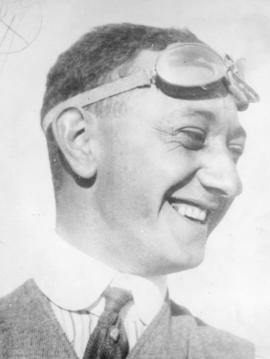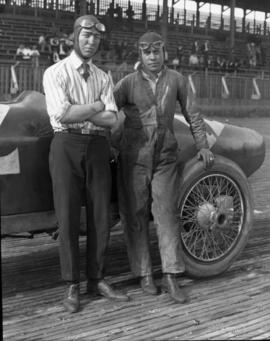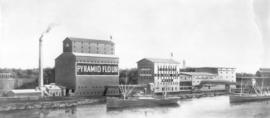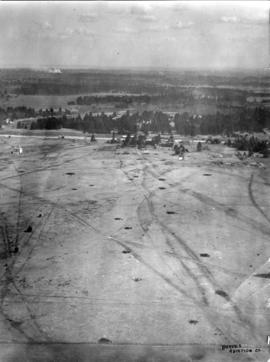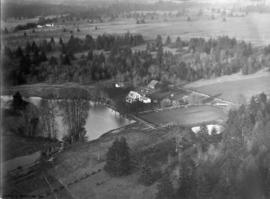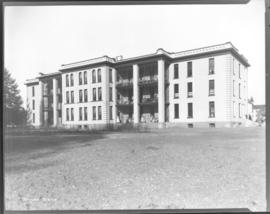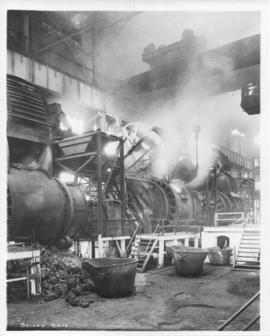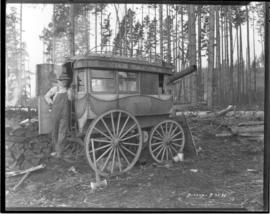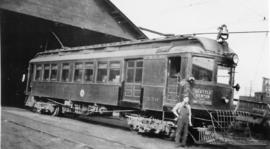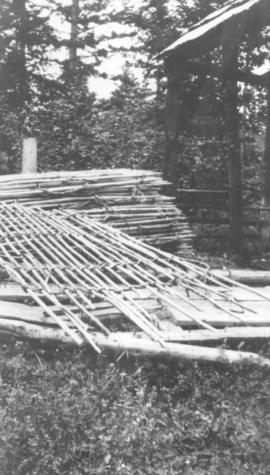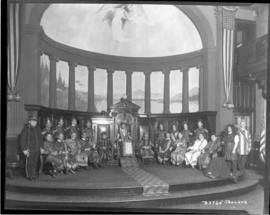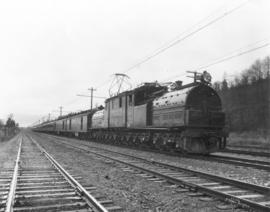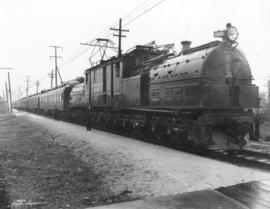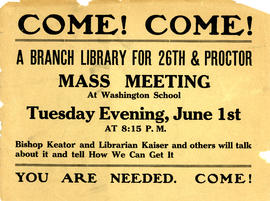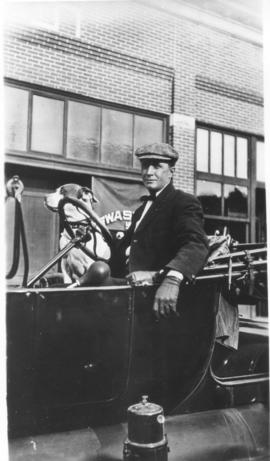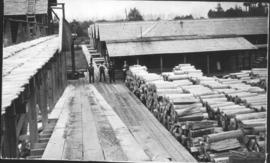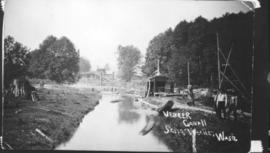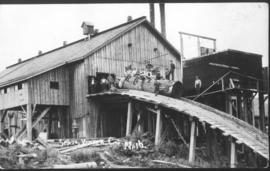ca. 1920. This is speed king Jimmy Murphy (at left) with his mechanic, Ernie Olson, on the board track of the Tacoma Speedway circa the summer of 1920. He had entered the 9th annual race as a newcomer to the Pacific Northwest but had already started to establish himself as a rising star in the world of auto racing. He and his mechanic are standing in front of his Duesenberg, one of four entered in the July 5th race. The 1920 Tacoma race was filled with veteran well-known drivers including 1920 Indy 500 winner Gaston Chevrolet, NW favorite Eddie Hearne, Roscoe Sarles, Eddie O'Donnell, Ralph DePalma, Cliff Durant, Ralph Mulford and the eventual winner, Tommy Milton. Mr. Murphy drove well and finished sixth, claiming a payday of $1,100. In 1922 he returned to the Tacoma Speedway and won the last big race held there. (Tacoma Sunday Ledger 6-20-20, 3B-article; TDL 7-6-20, p. 1+-results)
Murphy, Jimmy; Automobile racing drivers; Olson, Ernie; Tacoma Speedway (Lakewood); Racetracks--Lakewood--1920-1930; Automobile racing--Lakewood--1920-1930; Racing automobiles--1920-1930; Duesenberg automobile;

